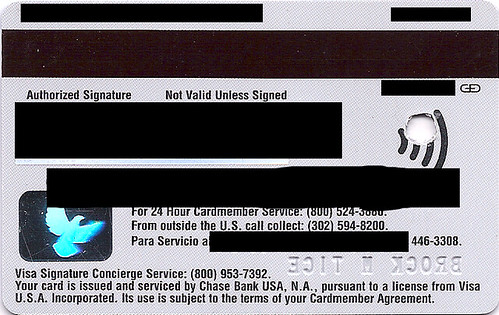Thanks to my grandma Tice for sending me this article:
The Lucas system runs on high-pressure air from either a compressed air tank or an air wall outlet in a hospital. The device is indicated for treating adults who have acute circulatory arrest – meaning they lack spontaneous breathing and pulse – as well as loss of consciousness.
Mechanical compression allows medical personnel to provide other therapies, the company said. The machine also should provide quality chest compressions for a longer period of time than a human can.
A 1995 study found that fatigue makes it difficult for even well-trained medical personnel to provide more than one minute’s worth of effective chest compressions, said Anne Devine, a Medtronic spokeswoman.
“Clearly these devices do much better compressions than humans do,” said Dr. Charles Lick, medical director of Allina Medical Transportation in Minneapolis.
Sounds kind of difficult to use, but apparently the EMTs like them enough that they’re putting them in ambulances.
